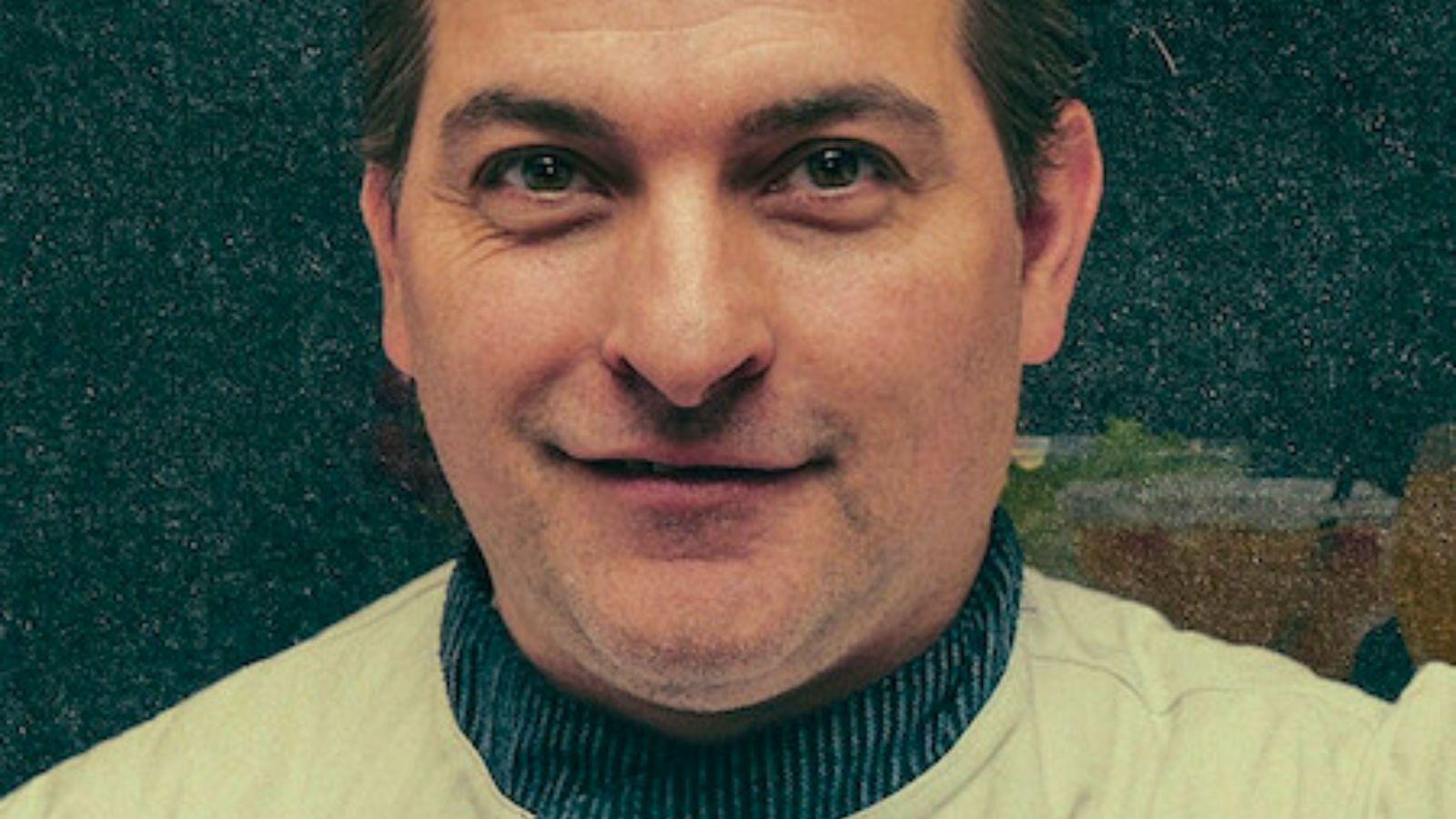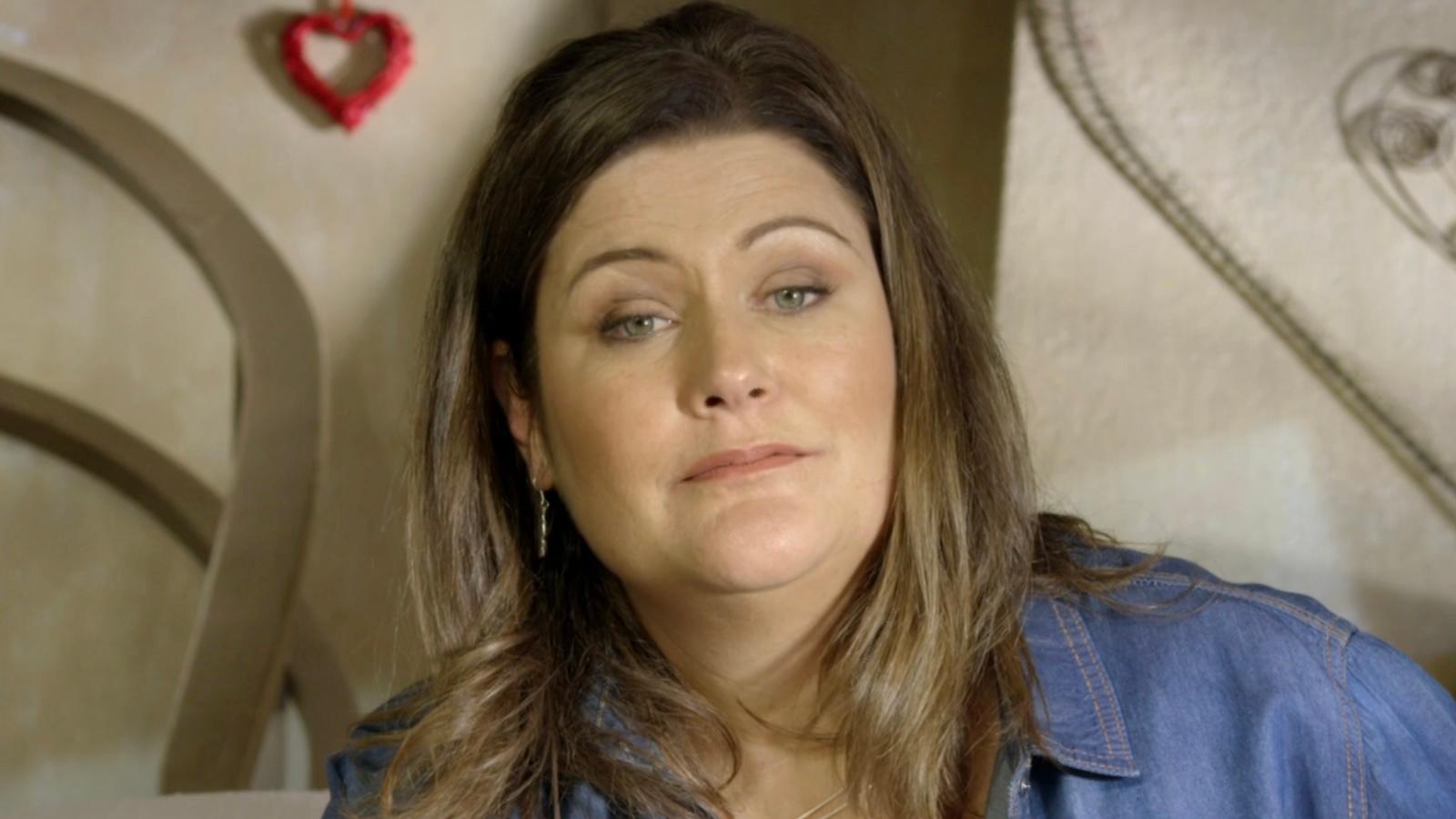The Truth About Jim: Was the Zodiac case solved?
 HBO
HBOA number of viewers took issue with the Zodiac discussions
The Zodiac Killer remains the most famous unsolved crime case in US history, but does HBO’s new true crime documentary, The Truth About Jim, crack the code?
Referred to as the “golden age of serial murder,” the 1970s to the 1990s marked a chilling epoch of notorious serial killers lurking in the shadows of American society. During this time, individuals such as Ted Bundy, Jeffrey Dahmer, and John Wayne Gacy left a trail of terror and tragedy in their wake, each with their own gruesome modus operandi.
Though we can’t be certain, the prevalence of serial killers during this era has, over the years, been attributed to a series of socio-cultural and psychological factors: the upheaval of traditional societal norms and values, coupled with the advent of mass media and widespread urbanization. Additionally, advancements in forensic technology and law enforcement techniques allowed authorities to better identify and track serial offenders, leading to a heightened awareness of their existence within society.
However, one individual they couldn’t and still can’t track down is the Zodiac Killer. As well as being responsible for at least five murders in the 1960s, he would taunt authorities with a series of cryptic ciphers and letters sent to local newspapers, in which he claimed responsibility for his crimes and mocked law enforcement for not being able to catch him. The Zodiac Killer’s identity is explored in The Truth About Jim, but has the case been solved? Warning: Spoilers ahead and some may find this content distressing.
The Truth About Jim: Was the Zodiac case solved?
No, the Zodiac Killer case has not been solved. In The Truth About Jim, Sierra Barter questions whether her late step-grandfather, Jim Mordecai, could be the elusive murderer – but while anything is possible, Zodiac expert Mike Butterfield explains why it’s unlikely, saying that he doesn’t “see much that would indicate” Mordecai’s the culprit.
It’s worth noting that for the most part, the docu-series sees Barter speaking with various family members – including her mom Shannon and grandmother Judy, as well another of Mordecai’s wives, his daughters, and his stepchildren – about her step-grandfather. As well as violent outbursts and delusions of grandeur, Mordecai is accused of the sexual assault and attempted rape of numerous teenage girls, including his step-daughter Christi Probst.
As she digs further, sinister details about Mordecai’s past are uncovered, leading Sierra and her relatives to believe he could be the Santa Rosa hitchhiker killer. The unsolved case occurred between 1972 and 1973 when authorities found the remains of seven young female hitchhikers in Sonoma County and Santa Rosa of California’s North Bay area.
Midway through the series, Sierra discusses the case of Kathleen Johns. In 1970, Kathleen was abducted by a male driver on Highway 132. She managed to escape and flag down another driver, who took her to the police station. When she got to the station, she pointed to a sketch of a man on the wall and said, “That’s the guy.” The image she identified was the police sketch of the Zodiac killer.
Sierra begins comparing the case with that of her step-grandfather. Physically, Mordecai fit the bill – he was the same height, the same stocky, athletic build, he had the same shoe size, and he looked like the police sketch. He also had delusional fantasies and was highly familiar with the areas the Zodiac stalked. Sierra shows an image of Mordecai at Lake Berryessa, seemingly not far from where the Zodiac attacked a young couple in 1969.
But while it’s an interesting theory, there are a number of discrepancies between the two – the main theory is that Mordecai could have been the Santa Rosa killer, whose target was teenage girls. However, the Zodiac targeted men and women. Additionally, Mordecai’s and the Zodiac’s appearance – slicked-back hair and thick-rimmed glasses – was very common at that time.
When Sierra presents the evidence to Butterfield, he says: “I can understand why you would have some base suspicions about it to begin with, but having looked at what you have, and having talked to you about it, and then thinking about your attitude about all this, which is – nobody wants anybody in their family to turn out to be one of the worst serial killers in history. There’s a saying that I’ve heard before, which is, ‘A cold case is no substitute for a warm life.’” Prior to this, Butterfield explains, “I don’t see much that would indicate he’s the Zodiac.”
 HBO
HBOThis meeting allows Sierra to put the theory to bed and focus on the question at hand: was Mordecai responsible for the Santa Rosa Hitchhiker Murders? In addition to his knowledge of the area, and even owning a nearby secluded ranch, Jim would often reference hog-tying – the method used by the Santa Rosa serial killer to discard the bodies.
Additionally, when he died, Judy and Shannon discovered a box among his belongings – and inside of it were random pieces of mismatched jewelry, the type that would typically belong to teenage girls in the ‘70s. Unfortunately, they discarded the box, not knowing it could have been a key piece of evidence in the case.
In The Truth About Jim, FBI profiler Raymond Carr puts together a profile of the killer based on the evidence surrounding the Santa Rosa murders. As he’s reading out the characteristics, it becomes clear that Mordecai fits the bill. Carr then shares a crucial piece of information – authorities obtained a semen sample from the remains, meaning somewhere, the killer’s DNA is on file.
But while Sierra is able to retrieve a sample of Mordecai’s DNA to compare, alongside a compelling case of evidence, the ending of the true crime series reveals that authorities are still looking into the information. What she is able to do, however, is bring closure to her family. They all reunite in the final episode, where Christi tells her: “You coming forward and doing this has allowed all of us to heal.”



